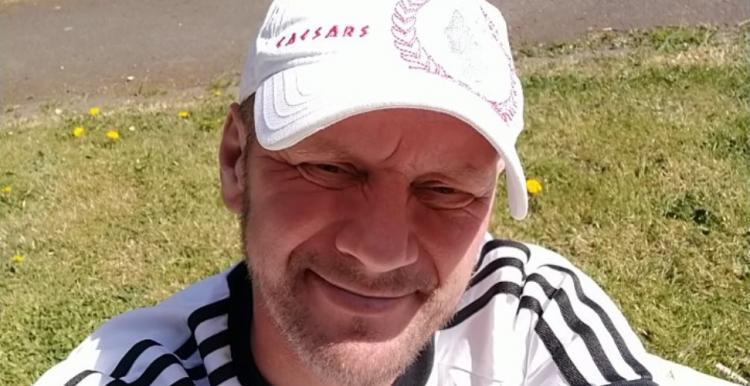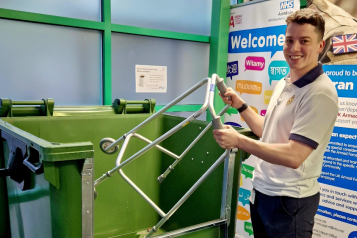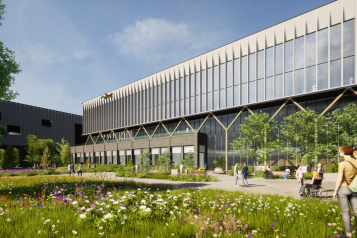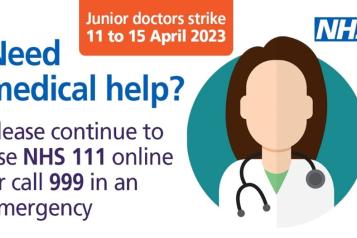Hundreds of vulnerable people receive new COVID treatment

Having caught COVID for the second time at the end of December, and being at exceptionally high risk from complications, Paul was contacted by the NHS and offered a new antibody infusion, with the aim of preventing any further complications.
Across England, the NHS has set up new services that will assess patients at the highest-risk from COVID and, where appropriate, offer them treatment, either with a new antibody infusion or a course of antiviral tablets.
These treatments aim to reduce their chance of needing hospital care. Treatments involve intravenous infusion of a neutralising monoclonal antibodies (nMABs) or an oral antiviral treatments, which are given to high-risk patients, aged 12 and over. This includes people who have HIV /AIDS, liver disease, sickle cell disease, those receiving cancer treatments or taking medicines that suppress their immune system.
Information about who is eligible and full details about the two types of treatments
'Jump at the opportunity'
Paul said: ‘I feel very happy that it’s been possible to have the antibody infusion, as I have lost several friends to COVID. I know that anyone in my situation would jump at the opportunity to try and make sure that they don’t get poorly from COVID’.
Dr Steve Ollerton, Clinical Lead for West Yorkshire Health and Care Partnership Primary and Community Care Programme, said: ‘The vaccination programme remains the first line of defence against COVID-19, along with the everyday precautions we can all take to protect one another - mask-wearing, social distancing and regular testing.
"The new treatments have an important role to play for our patients who are at highest risk of becoming very ill with COVID due to their other health issues."
Since mid-December, more than 1,400 clinically vulnerable people across West Yorkshire (Bradford District and Craven; Calderdale, Kirklees, Leeds, and Wakefield) have been assessed for the new treatments with people receiving it at an outpatient unit or in their home.
People at the highest risk from COVID will receive a letter from NHS England advising them that, should they test positive for COVID, they will be contacted and assessed for suitability for one of the new treatments available. If no contact is made, eligible patients can contact their GP or ring 111 to access the service.
Who can have a COVID-19 treatment?
You're eligible for COVID-19 treatments if all of the following apply:
- you're aged 12 or over
- you're at highest risk of getting seriously ill from COVID-19
- you have symptoms of COVID-19
- you have tested positive for COVID-19
People at highest risk
You may be at highest risk of getting seriously ill from COVID-19 if you have:
- Down's syndrome
- sickle cell disease
- HIV or AIDS
- chronic kidney disease (CKD) stage 4 or 5
- certain types of cancer
- had certain types of chemotherapy in the last 12 months
- had radiotherapy in the last 6 months
- had an organ transplant
- a severe liver condition (such as cirrhosis)
- a rare condition affecting the brain or nerves (multiple sclerosis, motor neurone disease, Huntington’s disease or myasthenia gravis)
- certain autoimmune or inflammatory conditions (such as rheumatoid arthritis or inflammatory bowel disease)
- a condition or treatment that makes you more likely to get infections
A doctor or specialist will confirm if you are eligible for treatment.
If you haven’t yet received a letter from the NHS, but think you are eligible, you can ring NHS 111 or your GP. You will need to have received a positive PCR test result (ie showing you have tested positive for COVID-19), not just a positive lateral flow test.


